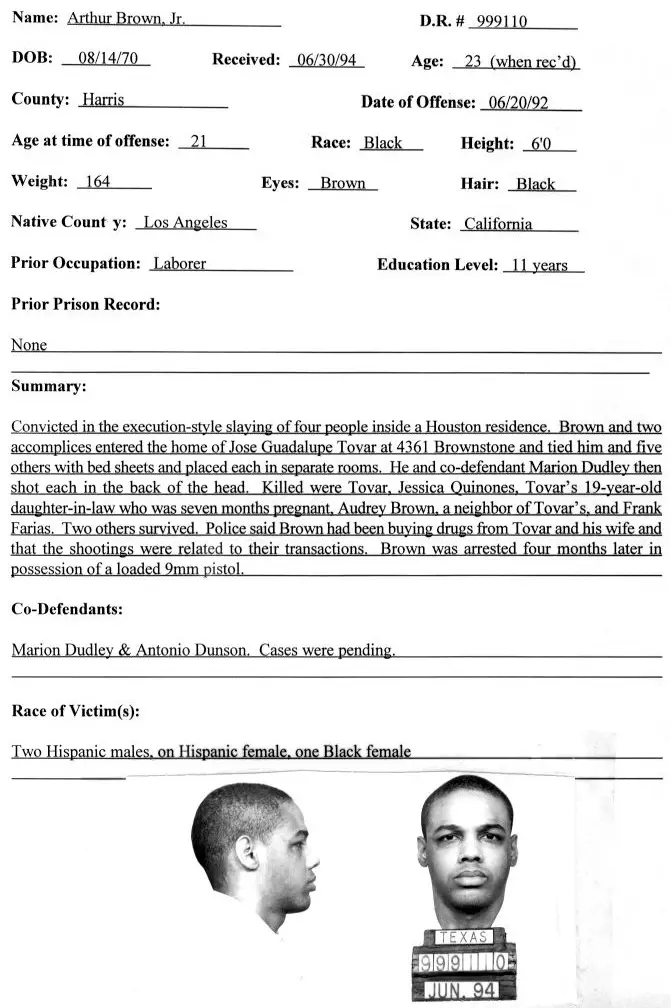Lawyers for a Texas death row inmate had argued
that it was unconstitutional to withhold truthful information that
could allay a jury's fears that a dangerous murderer, if not put
to death, would soon be out on the street. Texas juries in capital
cases are required to assess the defendant's ''future
dangerousness'' but at the same time are instructed that ''you are
not to consider or discuss'' how long the defendant would actually
serve if sentenced to life in prison.
This system ''unquestionably tips the scales in
favor of a death sentence that a fully informed jury might not
impose,'' Justice John Paul Stevens wrote in response to the
Court's unsigned, one-line order denying review in the case.
In addition, Justice Stevens said, the Texas
law was in ''obvious tension'' with a Supreme Court decision in a
case from South Carolina in 1994 that held that when a state puts
the dangerousness of a capital murder defendant at issue, it
cannot conceal from the jury the existence of an alternative
sentence of life without parole.
Unlike South Carolina, Texas does not give the
no-parole option. So the case raised the question of whether the
due process principle established in the 1994 case, Simmons v.
South Carolina, extended to life sentences in which parole is a
possibility.
In a footnote to his statement today, Justice
Stevens said there was data on public attitudes toward the death
penalty indicating that the difference between a sentence of life
without parole and a life sentence with long-delayed parole was
one of degree, not kind. He said that public support for the death
penalty dropped notably in states that offered a guarantee of long
incarceration as an alternative.
Three other Justices, David H. Souter, Ruth
Bader Ginsburg and Stephen G. Breyer, signed the statement, which
Justice Stevens characterized not as a dissent from the denial of
review but as an ''opinion respecting the denial.''
What made this statement unusual was that it
takes the votes of only four of the nine Justices to grant review
of a case. So these four had the ability to add this case to the
docket for argument and decision. That they chose not to do so may
reflect their concern that the other five Justices, if put to the
test, would vote to uphold the Texas law and, in doing so, convert
a single state court's decision into a national rule of law.
As an alternative, the four Justices evidently
decided to call attention to the issue, in the expectation that
other state courts would soon be dealing with it and in doing so
might create a more favorable climate for Supreme Court action.
The New Mexico Supreme Court has already ruled that jurors must be
informed of how parole would operate under a life sentence for a
convicted murderer.
The case today, Brown v. Texas, No. 96-9187,
was an appeal from the Texas Court of Criminal Appeals. The inmate,
Arthur Brown Jr., was convicted in 1993 of shooting four people to
death in a drug dispute. Mr. Brown is now free to raise the same
issue through a petition for a writ of habeas corpus in the
Federal courts. But that route is unlikely to be successful
because the United States Court of Appeals for the Fifth Circuit,
which includes Texas, has already rejected the argument in an
unrelated case.


